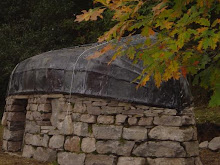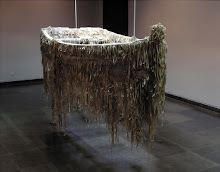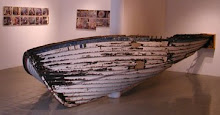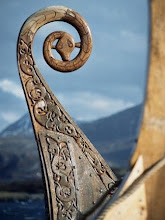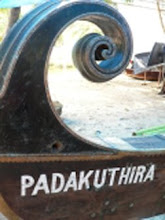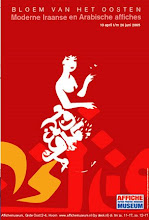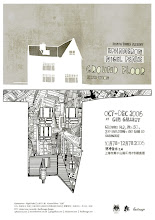The catalogue follows the poster in communicating the idea behind the museum along with more detailed information about the object[s] displayed. The information contains links to other related objects displayed in the museum.








 REMARKS: the process i followed for this was quite unexpected.
REMARKS: the process i followed for this was quite unexpected.

 made a seemingly nonsensical visual with a sense of humor.
made a seemingly nonsensical visual with a sense of humor.  Worked on it to reach the final poster.
Worked on it to reach the final poster.  REMARKS:when i thought of the snake boat, the grand boat races automaticallty came to my mind. i could not separate one from the other. it is the entire event that makes the snake boat. i wanted to put that across.
REMARKS:when i thought of the snake boat, the grand boat races automaticallty came to my mind. i could not separate one from the other. it is the entire event that makes the snake boat. i wanted to put that across.
About boat construction, dimensions- engineering- Vedas- connect to literature.
Types of boats, hierarchy.
Snake boat song, vanchipattu- audio- different sounds during the process/life of a boat.
Valasadya- feast- link to food.
Related myths, stories- religious and non-religious- beginning of snake boats and races.
Festival of onam, Malayalam months.
Kerala backwaters.
 Boat races are magnificent fiestas that bring alive the tranquil backwaters and these races are held in connection with Onam, the harvest festival in August/September. The snake boat festival is well known for its vigour and excitement.
Boat races are magnificent fiestas that bring alive the tranquil backwaters and these races are held in connection with Onam, the harvest festival in August/September. The snake boat festival is well known for its vigour and excitement. For years the "Aranmula Festival" had been exclusively a RELIGIOUS AFFAIR. However, beginning in 1978, politicians entered into its management and made it more of a sports event. This August, 2000, festival (reported here) commemorated the way the event was celebrated before 1978 and officially re-established those previous more religious customs and practices. Copying this colorful festival, there have been other boat races in the backwaters and rivers of Kerala for the purpose of attracting foreign tourists. But only at the impressive Aranmula festival do the true snake boats compete.
For years the "Aranmula Festival" had been exclusively a RELIGIOUS AFFAIR. However, beginning in 1978, politicians entered into its management and made it more of a sports event. This August, 2000, festival (reported here) commemorated the way the event was celebrated before 1978 and officially re-established those previous more religious customs and practices. Copying this colorful festival, there have been other boat races in the backwaters and rivers of Kerala for the purpose of attracting foreign tourists. But only at the impressive Aranmula festival do the true snake boats compete. 

